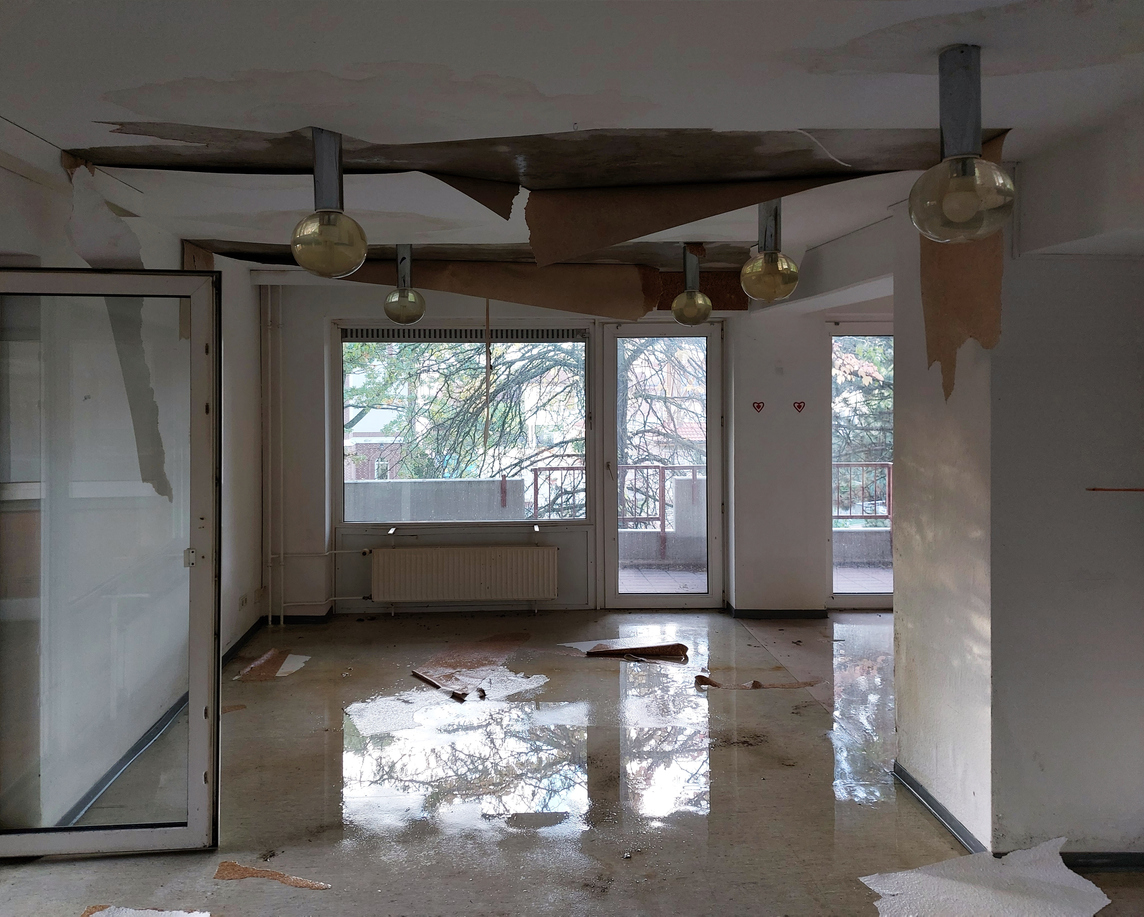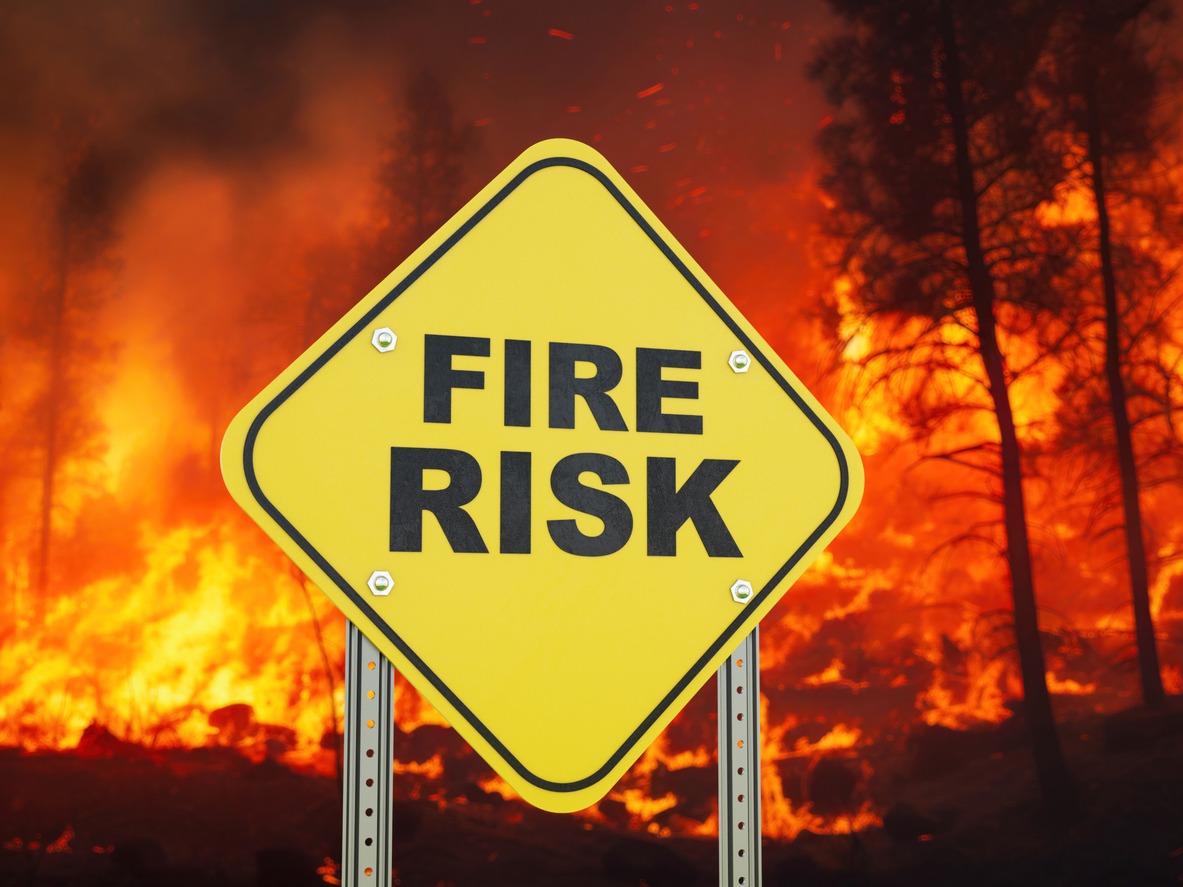A federal judge ruled last week that policyholders eventually have to “put up or shut up” when it comes to proving that certain interior damages caused by a storm must be the result of damage to the exterior of a building, allowing water to damage the interior of a building. 1 The lesson from the case is that policyholders need to provide evidence of the cause of interior damage when certain common policy requirements are stated in the policy.
The court listed the critical clause, which is now common in most policy forms:
A. Covered Causes of Loss
When Broad is shown in the Declarations, Covered Causes of Loss means the following:
4. Windstorm or hail, but not including: …
c. Loss or damage to the interior of any building or structure, or the property inside the building or structure, caused by rain, snow, sand or dust, whether driven by wind or not, unless the building or structure first sustained wind or hail damage to its roof or walls through which the rain, snow, sand or dust enters; …
The insured church claimed that wind damage to the roof of the church allowed rainwater to leak into the sanctuary of the church. The insurer argued that the losses were pre-existing and that there was no proof that exterior damage caused by a storm allowed the water to enter the building.
The court framed the coverage issue in the following manner:
[A]t issue in this case is the cause of Unity Church’s loss: whether it was caused merely by rain leaking into the internal structure of the Church, and thus outside the policy’s coverage, or whether it was caused by rain leaking into the Church after first sustaining wind damage to its roof, in which case the loss is covered.
The court then noted the argument made by the insurer:
Church Mutual makes three arguments in favor of its motion for summary judgment, that: (1) Unity Church failed to provide any expert testimony that the water damage to the Church was preceded by wind damage; (2) lay witness testimony and documentation establishes that the Church had pre-existing roof damage, water infiltration issues, and no evidence of storm damage; and (3) its own expert engineer concluded that the damage was not from wind damage, but rather water ponding on the roof of the Church.
The arguments by the insurance company are common in these types of cases. It is also important to remember that roofs and exteriors of buildings that are not in good shape and have allowed water to enter into the building are usually more susceptible to wind, hail and other storm damage.
Did the church have evidence that the storm caused exterior damage, allowing water to damage the interior of the sanctuary? The court ruled that it did not:
Pastor Bowman testified that the problem area of the roof was the hatch area, which, after repairs by Double D Roofing, stopped leaking. There is nothing in the record to suggest that the hatch area was damaged by wind.
Moreover, Church Mutual submitted an expert report wherein the expert structural engineer concluded that it would not have been possible, even with peak winds during the relevant time period, to damage the roof and that instead the damage was caused by water pooling on the Church’s roof. Unity Church has not provided any expert witness to rebut this conclusion.
Summary judgment is the “put up or shut up time” for the nonmoving party, and Unity Church has simply not put up any evidence from which a reasonable jury could conclude that the water infiltration was preceded by wind damage.
The lesson is that policyholders facing this scenario need to prove that the exterior damage allowed the water to enter the building. It is not enough to have evidence of a storm and then water appearing in the interior, causing damage. Policyholders must provide evidence that the storm damaged the exterior areas and that the water first came from those damaged exterior areas.
Thought For The Day
Get your facts first, and then you can distort them as much as you please.
—Mark Twain
1 Unity Church of god in Christ of York v. Church Mut. Ins. Co., No 1:23-cv-678 (M.D. Penn. Sept. 11, 2024).




